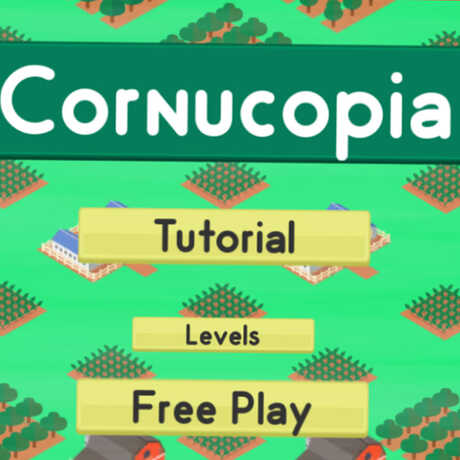To feed our rapidly growing and changing world, we need innovative solutions. In this video, we'll explore environmental issues related to the food we grow and eat.
About This Video
Grade level: 6-10
Length: 5 minutes
NGSS Disciplinary Core Ideas: MS-ESS3.A, MS-ESS3.C
In this video, we'll explore environmental issues related to the food we grow and eat. Below are discussion questions you can use in the classroom in conjunction with this video to get your students thinking critically about the issues with our global food system, and what we can do to solve them.
Video Discussion Questions
- Why might feeding the global population be different now than it was 50 years ago?
- How is food production related to environmental change and habitat loss?
- What is the different between the amount of land needed to feed the average American, versus the diet of people living in other countries?
- Why does meat production require more land than producing vegetables, fruits, or grains?
- Global welfare is rising, which is good news! What does this mean for agriculture and the environment?
- How would you define a "food desert"?
- Who is likely to develop the solutions to global food issues? Why do you think so?
Accompanying Activity: Global Context
Exploring the Issues with Feeding the World
In this two-day lesson, students will be introduced to several issues related to the social, economic, and environmental impacts of our current food system, including food waste, food deserts, agricultural land use, and the environmental impacts of diet choices.
Connections to the Next Generation Science Standards
While this video doesn't necessarily cover the following standards in depth, it is a compelling resource you can use to supplement your curriculum that does.
Disciplinary Core Ideas (Grades 6-8):
-
MS-ESS3.A: Natural Resources
-
MS-ESS3.C: Human Impacts on Earth Systems
Crosscutting Concepts (Grades 6-8):
- Influence of Science, Engineering, and Technology on Society and the Natural World
Test Your Farming Skills with this Free Environmental Simulation
While playing Cornucopia—a fast-paced farm simulator—you manage a plot of land, planting crops based on a number of factors, in order to meet a variety of food orders. Keep an eye on your water meter and your crop yields, and earn technology upgrades to make your farm as successful as possible before the season ends.
Our Hungry Planet: About This Unit
To feed our growing world, we need innovative solutions. In this unit, we'll explore environmental issues related to the food we grow and eat. We'll review topics from food waste to urban farming, and learn how simple choices we make impact our planet. This unit introduces students to the process of design thinking, and culminates in a design thinking challenge related to food systems issues.
Food icon
Browse all materials:
- Activity: Food for Thought
- Activity: Exploring the Impacts of Feeding the World
- Video: What is the Environmental Impact of Feeding the World? [you are here]
- Activity: Rapid Brainstorming [up next!]
- Activity: Sustainable Food Solutions: Weighing the Pros and Cons
- Video: Urban Farming
- Video: Vertical Farming
- Video: Reducing Food Waste
- Video: Think Before You Eat
- Activity: Our Hungry Planet: Design Thinking Challenge
- Supplemental video: What's Up With Your Gut Microbiome?
- Supplemental video: Why Protect Pollinators?
- Supplemental video: Bugs for Breakfast
Resources
The Dating Game This report by the National Resources Defense Council describes how confusing food date labels lead to food waste in America.
How Did Human Civilization Spread? In this scientific visualization, historic population and cropland data illustrate the relationship between the spread of human civilization and agriculture on Earth between 10,000 BCE and 2,000 CE.
Deforestation Browse this beautiful, interactive website from the World Wildlife Fund to learn all you need to know about this topic.
What the World Eats National Geographic's online interface will have you sorting data for hours. Browse by country to see how daily diets differ around the globe.
Sustainable Fishing In this hands-on activity, your class will learn why fish populations are declining and design a solution to make fisheries more sustainable.
Sustainable Grazing Learn what it takes to develop, grow and consume some of the foods and water we need.

